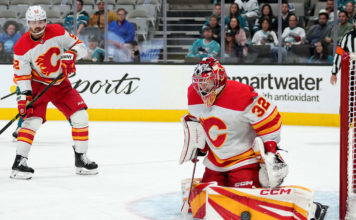Q: What are microwaves and how do they heat our food?
Q: What are microwaves and how do they heat our food?
A: Microwaves are actually radio waves in the 2,500 megahertz range. That may sound kind of weird, but at that particular frequency, radio waves do something that’s kind of weird. Instead of traveling along like their AM/FM cousins, these waves are absorbed by water, fat and sugar and converted into “atomic motion,” or heat, according to HowStuffWorks.com.
Air and materials like glass, ceramics and most plastics don’t absorb this energy, so the waves are extremely efficient. Unlike an oven, which heats the air around a food item, microwaves excite the atoms in a piece of food, cooking the entire entree at an even temperature on the molecular level.
Unfortunately, this supremely even division of heat doesn’t produce crispy crusts. That’s why items like Hot Pockets come with small foil-lined wrappers. Metals reflect microwaves, and the addition of the foil liner focuses those rays on the crust, crisping it like a conventional oven would.
There can be some inconsistencies in cooking with a microwave. The radio waves have trouble penetrating thick or dense pieces of food and interference can also cause hot spots, but overall, it’s a steady medium, according to the site.
If you have a question that’s been plaguing you – on any topic – and you can’t seem to find the answer anywhere, let us know. We’ll get someone on it, and publish the answer in our Ever Wonder feature which runs every Tuesday. Send us questions at cvalles@
svnewspapers.com or call (408) 842-9505.











